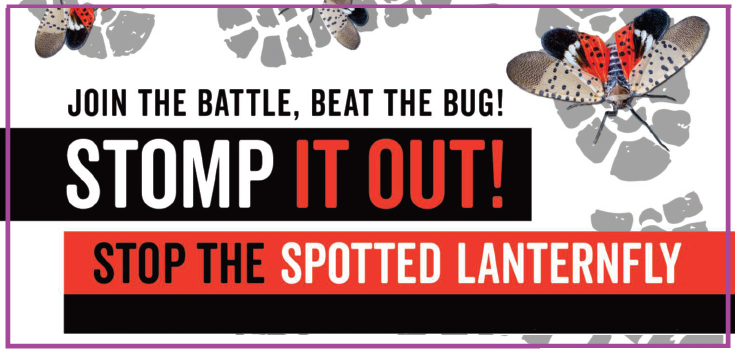
Spotted Lanternfly (SLF), Lycorma delicatula, is an invasive planthopper native to China, India, and Vietnam; it is also established in South Korea, Japan and the U.S. It was first discovered in the U.S. in Pennsylvania in Berks County in 2014 and has spread to other counties in PA, as well as the states of New Jersey, Delaware, Maryland, Virginia, West Virginia, New York, Connecticut and Ohio.
This insect has the potential to greatly impact agricultural crops and hardwood trees. SLF feeds on the plant sap of many different plants including grapevines, maples, black walnut, and other important plants in NJ. While it does not harm humans or animals, it can reduce the quality of life for people living in heavily infested areas.
What does the Lanternfly look like?
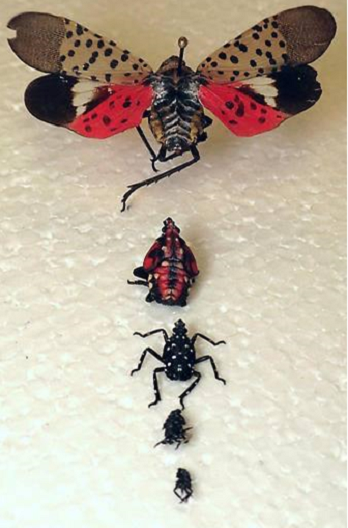
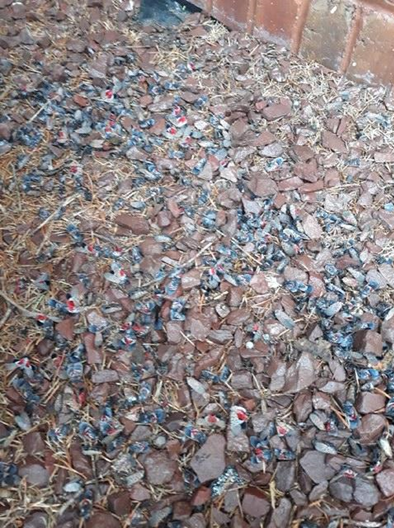
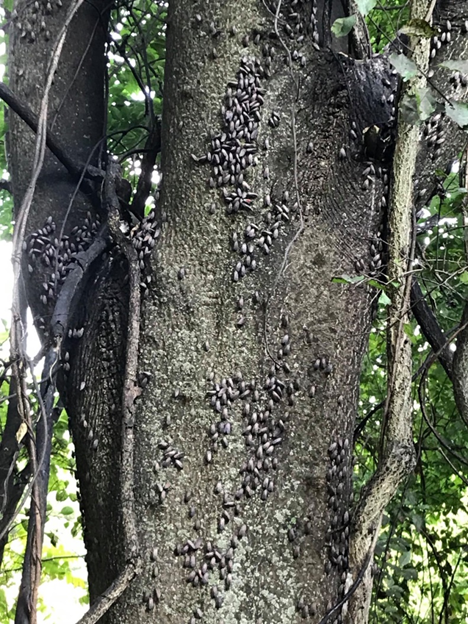
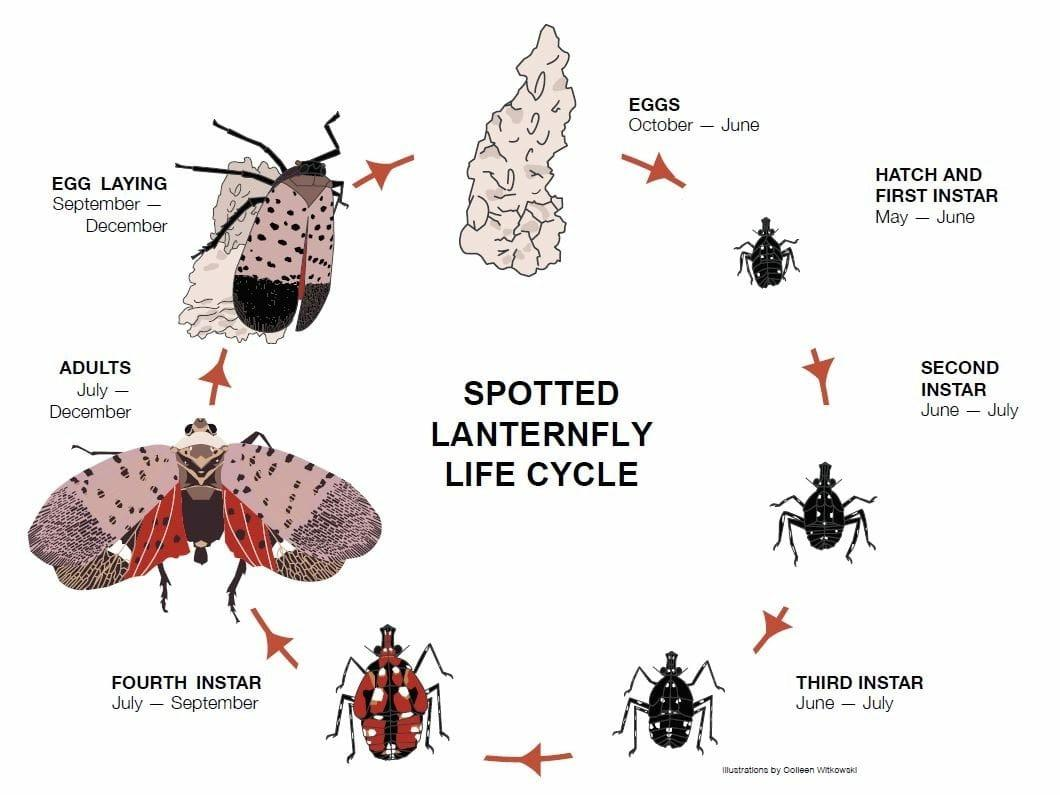
Why worry about this pest?
Feeds on a variety of over 70 plant hosts, including crops
Serious threat to our food production
Smooth bark preferred
Causes wilting, leaf curling, and even death
Excretes honeydew which encourages growth of sooty black mold
Potential devastation to hops and viniculture plants (That's the Beer and Wine crops!)
Breeding swarms can actually stop traffic
Accumulations on buildings are a nuisance
Where will I find the Spotted Lanternfly?
Potentially, just about everywhere in The Garden State.
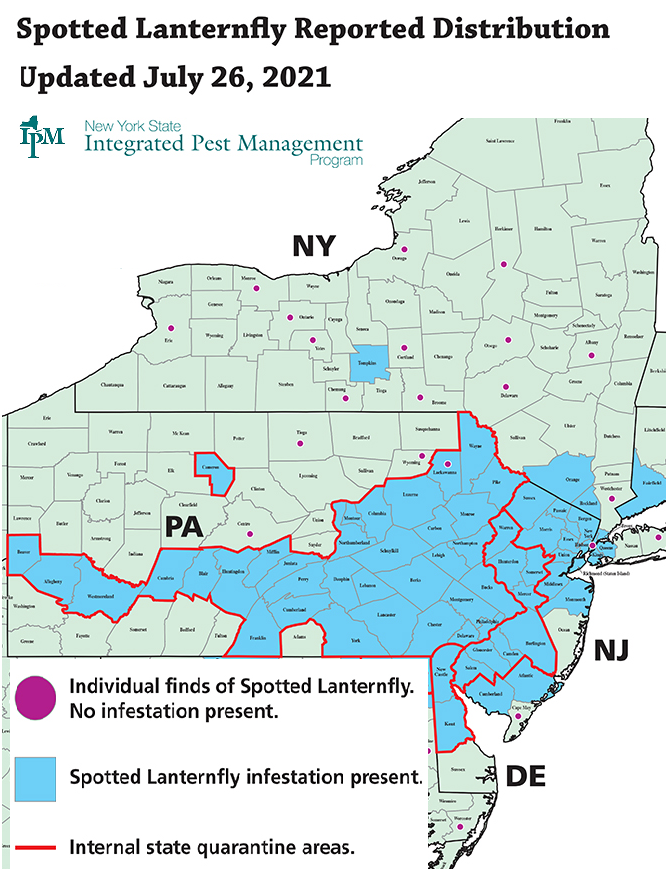
What are the Spotted Lanternfly's Habits?
Prefers “tree of heaven”: Ailanthus
Invasive plant, often in edge habitats, fruit planted by squirrels
Also locust, black walnut, willow, etc.
Swarming In Fall, a new habit - not seen in native range!
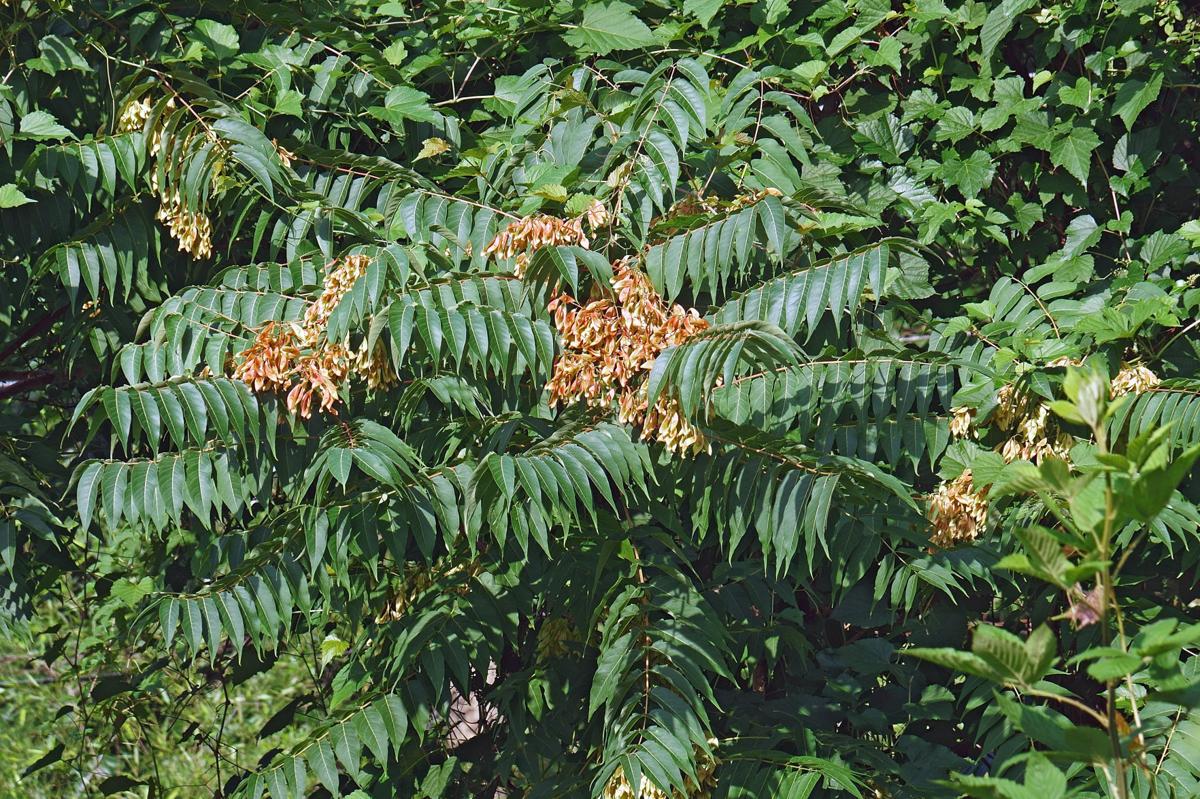
How can I monitor the Spotted Lanternfly?
Inspection: the first step in IPM
Check vehicles and equipment before traveling from infested to non-infested areas.
Banding trees: tape, glue
Nymphs travel up the plant to get to new tender growth
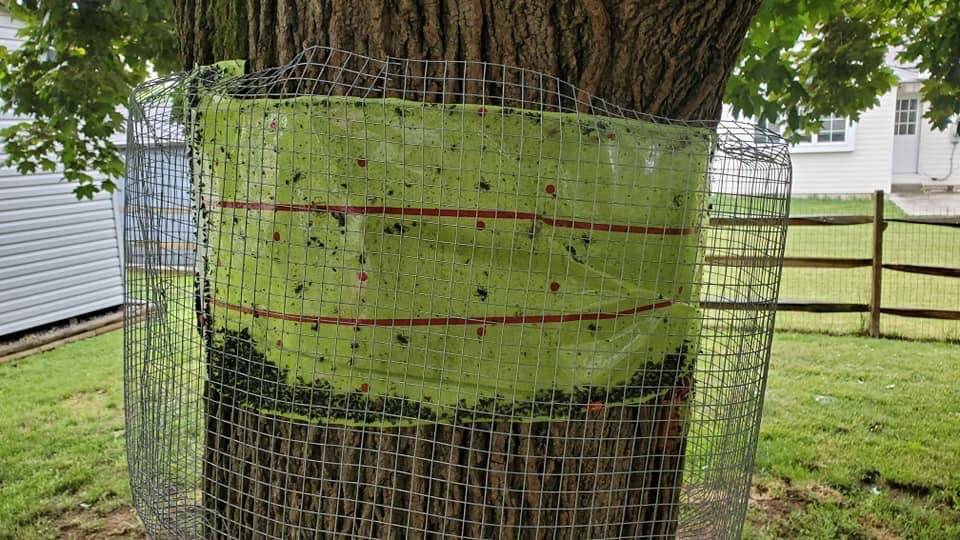

Can I effectively control the Spotted Lanternfly?
Chemical Controls Effective
Late spring root-feeding with labeled systemic insecticide for prevention
May last up to two years in the plant
Do not treat berry, fruit or nut producing plants
Foliar Sprays with labeled contact material. Combination products containing imidachloprid.
Is Special Licensing Required?
NJDEP Pesticide Applicator Category 2 [Forest Pest Control] or 3A [Tree and Ornamental Pest Control], is required for treating trees and bushes.
NJDEP Category 7A, allows you to treat their landing, mating, egg-laying on STRUCTURES.
Where can I get more information on the Spotted Lanternfly?
The NJ Dept. of Agriculture has both Homeowner and Business Resources available on their SLF site.
If you see a Spotted Lanternfly, help us Stomp it Out!
To report a sighting, use the reporting tool or via email at SLF-plantindustry@ag.nj.gov.

